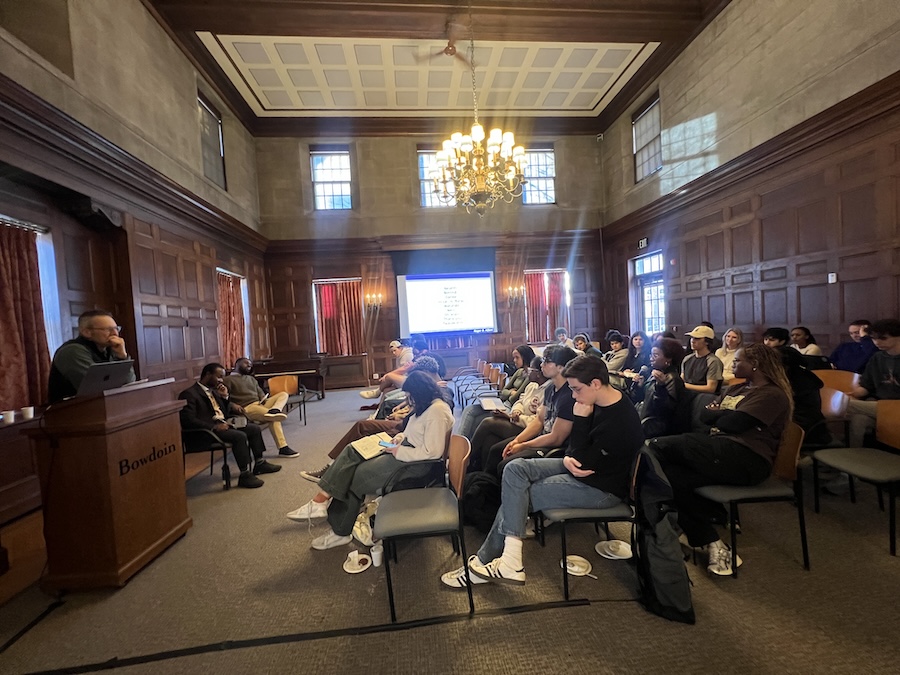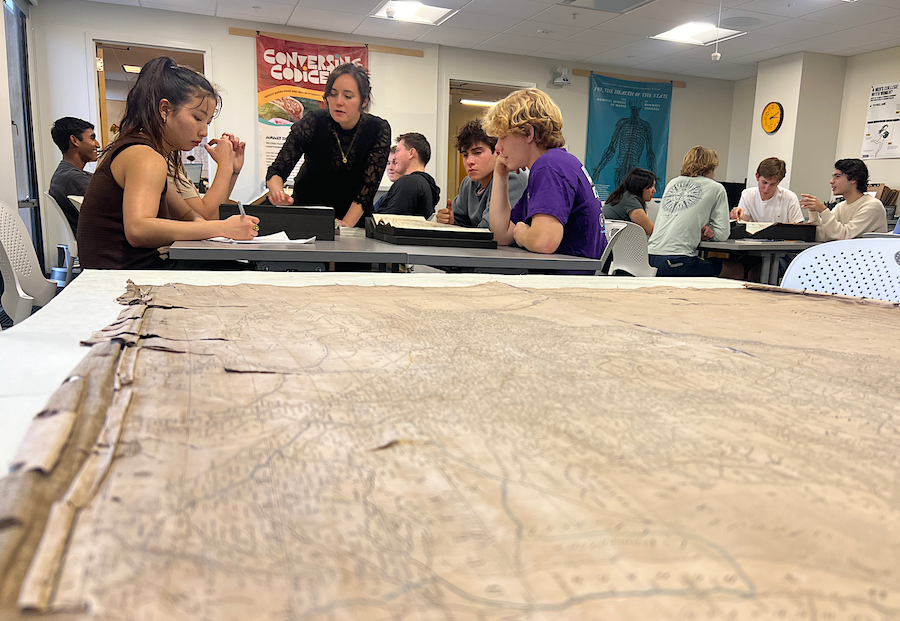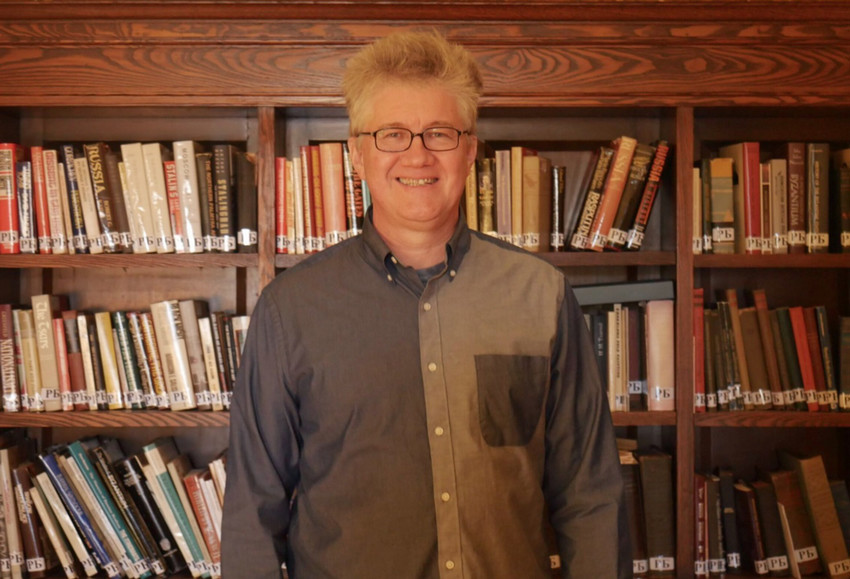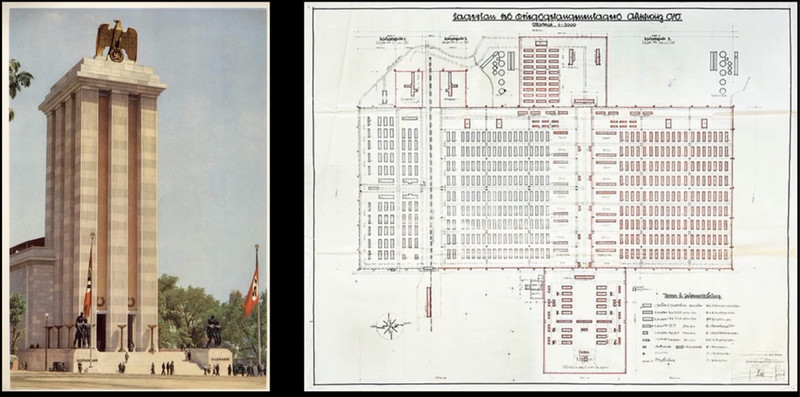History Students Research Doonesbury, Paper Mills, and Jewish Leftists
By Rebecca Goldfine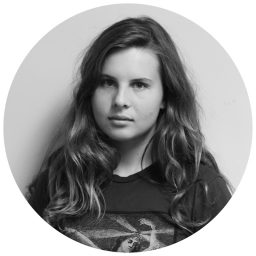
Elle Lueders ’18: History, memory, and deindustrialization in Maine mill towns
Major: History
Grant: Craig A. McEwen Student Research Fellowship in the Social Sciences
Ellice “Elle” Lueders grew up in California, but said she is fascinated by the history of Maine. “I love immersing myself in an environment,” she explained. “Growing up in California, my schema of Maine was pine trees and moose. And it is so different! I wanted to know why I didn’t hear more about logging and paper mills, which were once part of a vibrant Maine economy.”This summer, she’s beginning a two-year research project to dig into the stories of two declining mill towns, Rumford and Jay, both in western Maine. For much of the 20th century, the towns had thriving paper mills. But as demand for paper has declined and overseas competition grown, the mills have struggled and downsized.
For her project, Lueders is conducting both archival and ethnographic research, the latter involving interviews with former and current mill workers. She borrows a Bowdoin fleet car to drive the 90 minutes to Rumford and Jay twice a week, where she has connected with some locals with help from a Bowdoin student who grew up in the area.
Lueders aims to explore the differences between townspeople’s personal memories of the mill and the official narratives put out by the mills’ leadership, state agencies, environmental organizations, and union leaders.
“I want to get to the bottom of what deindustrialization means,”Lueders said, adding that “the opinions and experiences of people living through deindustrialization are not always included” in official narratives, including those reported in newspapers.
In the end, Lueders plans to write a long-form piece of journalism about her findings and to find a publisher for it. “I wanted to do something out of the box, and make it compelling to readers. I’m seeing living history,” she said.
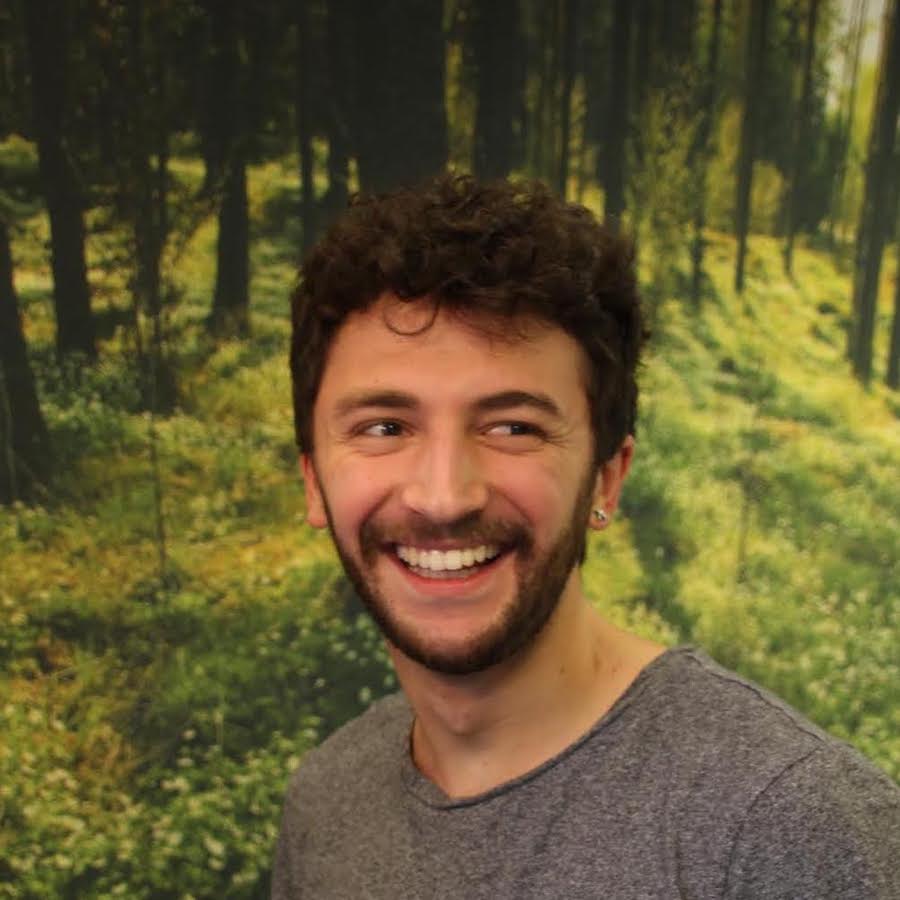
Major: History
Grant: Alfred E. Golz FellowshipNate Forlini shares much in common with Associate Professor of History David Hecht. They’re both interested in Cold War history and 20th century US history; they both appreciate Garry Trudeau’s Doonesbury comic strip; and, as he points out while gesturing to the springy curls on his head, Forlini could pass for a younger version of Hecht.
This summer, Forlini is examining the entire trajectory of Doonesbury, a nationally syndicated cartoon known for its political commentary and topical story lines. It’s been running continuously in newspapers since October 1970. “It’s an interesting and dynamic way to look at contemporary American history,” Forlini said. He plans on collaborating with Hecht to write Doonesbury-related papers this coming year.
Forlini is reading through all the cartoons, and written commentary about the cartoons, with several research angles in mind. He is taking note of all the times the strip was pulled from newspapers, to get a sense of how censorship has changed over the past 46 years. Forlini is also looking at Doonesbury as a way to see how social satire has changed over the generations.
When a newspaper refused to run a strip, it typically published an editorial explaining its stance. Forlini said these justifications often went like this: “We don’t believe in censorship and we stand by this strip—but this is a family newspaper.”
In the early years of Doonesbury, the cartoons were pulled much more frequently than they are today. “What caused the most uproar early on was when the cartoon alluded to premarital sex, or had an ‘out’ character,” Forlini said.
Despite the decline of censorship incidents, the most controversial Doonesbury cartoon came out just in 2012. Rejected by over 70 newspapers, this cartoon likened a restrictive abortion law in Texas to women being raped by Republican legislators. “Some newspapers objected to the word ‘rape’,” Forlini explained.
Forlini said Doonesbury is like the baby boomer’s version of The Daily Show and the Simpsons. However, the history student sees a harder note in the current comedy popular with younger audiences. “Even though Doonesbury goes into questionable content, there’s a certain form of sincerity, almost respect shown by the central characters,” he observed. “Generation X and millennial humor has more of a cynicism and ironic detachment, almost of not caring.”
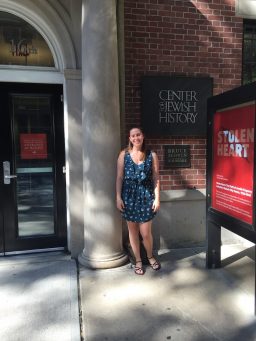
Sophie Binenfeld ’17: Internship with the Center for Jewish History, New York City
Major: History, minor in Spanish
Grant: Alfred E. Golz Fellowship
Sophie Binenfeld is spending her days in the quiet archives of the Center for Jewish History on West 16th Street in New York City, where she is researching young Jewish leftists who were politically active after WWII. She’s also been reading about the intersection between Jews and African American activists of this era.After taking a class on socialist societies at Bowdoin, Binenfeld said she became curious about the connection between socialism and people of Jewish descent. She has also taken a class in African history, and she is interested in possibly comparing Jewish activists in the US and in South Africa.
The Center for Jewish History contains five diverse archives devoted to preserving the global history of the Jewish people. Besides doing her own research, Binenfeld is assisting the Center’s senior director of communications with social media and fundraising. She is also creating a series of podcasts about the Center’s archives to showcase its diverse collections. The over-arching theme will be Jewish youth groups.
Scouring the archives for clues into the past often leads to something surprising, Binenfeld said, such as a student organization or an influential figure new to her. The internship, she added, “is a nice way for me to connect with Judaism.”
